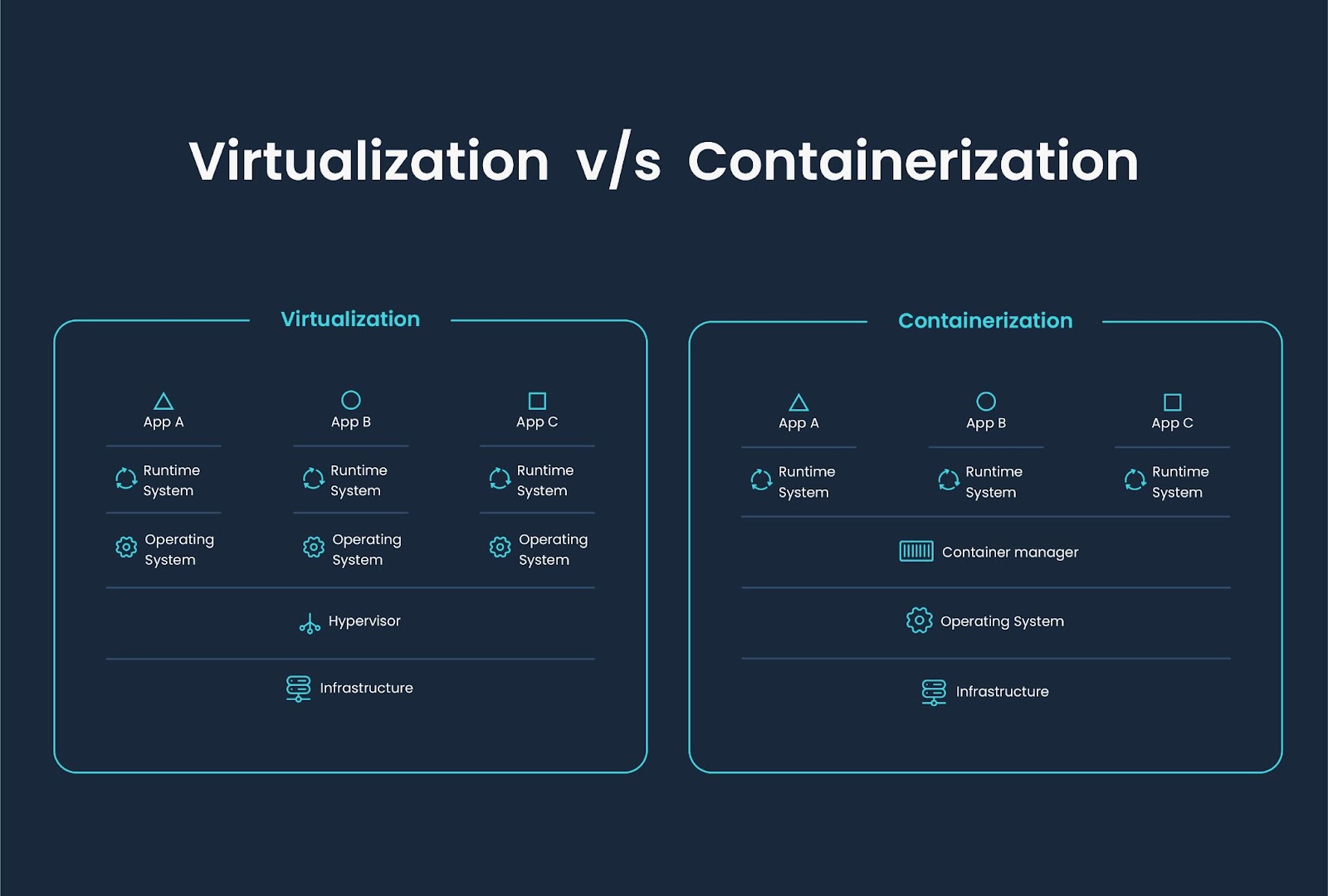Robots and AI taking over jobs!
The rise of robots and artificial intelligence (AI) has undoubtedly transformed various aspects of our lives, including how we work. Over the past few years, there has been a growing concern that robots and AI will eventually take over jobs, leaving millions of people unemployed. While this fear is understandable, the reality is much more nuanced. This blog post is about the impact of robots and AI on jobs and how it's shaping the workforce.
The Impact of Robots and AI on Jobs
Robots
and AI have already begun to impact the job market. The manufacturing industry,
for example, has been using robots for decades to perform repetitive tasks,
such as assembling products. These robots are faster, more precise, and more
efficient than humans, leading to increased productivity and cost savings for
manufacturers. However, the downside is that robots have replaced many human
workers in these industries.
Similarly,
AI has been used to automate many administrative and customer service tasks.
For instance, chatbots have become a popular way for businesses to interact
with their customers, providing support and answering frequently asked
questions. This technology has streamlined customer service, reduced wait
times, and lowered costs for businesses. However, it has also reduced the need
for human customer service representatives.
The Impact on the Workforce
As
robots and AI continue to advance, the impact on the workforce will become more
significant. Some jobs, particularly those that involve repetitive tasks, will
become fully automated. For example, self-driving trucks may eventually replace
human truck drivers, and robots may replace human factory workers. This will
undoubtedly lead to job losses, particularly for those who work in industries
that are most vulnerable to automation.
However,
the rise of robots and AI will also create new job opportunities. For example,
there will be an increased demand for workers who can design, build, and
maintain these technologies. Additionally, there will be new roles that require
skills that cannot be easily automated, such as creativity, emotional
intelligence, and problem-solving. Therefore, while the workforce will
undoubtedly change, it's unlikely that robots and AI will completely replace
humans.
Preparing for the Future
As
the impact of robots and AI on jobs continues to grow, it's essential for
workers to prepare for the future. This means developing new skills that are in
demand, such as coding, data analysis, and artificial intelligence. It also
means focusing on skills that cannot be easily automated, such as critical
thinking, creativity, and emotional intelligence.
For
businesses, preparing for the future means investing in technologies that can
complement human workers, rather than replace them. It also means providing
training and support for workers to help them develop new skills and adapt to
the changing job market.
Can AI replace HI?
AI,
or artificial intelligence, is a rapidly developing field that is changing the
way we live and work. While AI has the potential to automate many tasks that
were previously performed by humans, it is unlikely that AI will completely
replace humans in all areas of life.
There
are many tasks that AI is particularly well-suited for, such as data analysis,
repetitive or routine tasks, and decision-making based on large amounts of
data. In these areas, AI can often perform better than humans, as it can
process and analyze data much faster and with greater accuracy.
However,
there are many areas where human intelligence, or HI, is still essential. For
example, tasks that require creativity, emotional intelligence, and social
skills are difficult or impossible for AI to replicate. Human intuition and
judgment are also critical in areas such as medicine, law, and politics.
Furthermore,
many tasks require a combination of human and AI intelligence. For example,
while AI can perform data analysis, it still requires humans to interpret the
results and make decisions based on the analysis. In many cases, the best
approach is to use AI to augment human intelligence, rather than replace it.
In summary, while AI has the potential to automate many tasks, it is unlikely to completely replace human intelligence in all areas of life. Both AI and HI have unique strengths and weaknesses, and the most effective approach is often to use both in combination.





Comments
Post a Comment